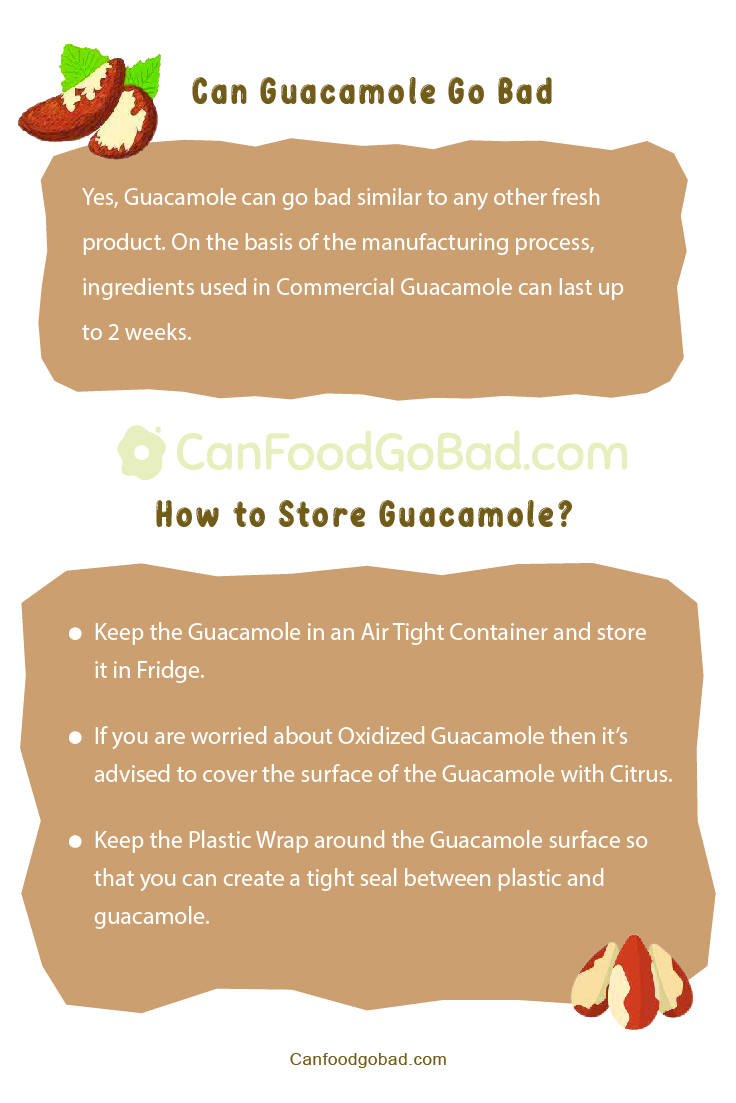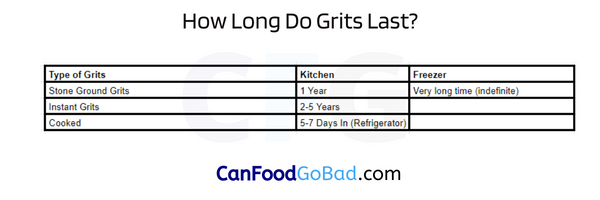Can Dog Food Go Bad?: Is your dog food kept in storage for quite a long time? You might have had this question Can Dog Food Go Bad? If so, you have come to the right place as this article will shed some light on the vague topic Is it safe to give your furry friend expired dog food, how to tell if the dog food is bad, and a lot more.
Apart from this, we have also mentioned info on Best Storage Practices, Shelf Life of Dog Food, and How to Keep Dog Food Fresh in the forthcoming modules.
- Does Dog Food Expire?
- How Long Does Dog Food Last?
- How To Store Dog Food To Keep It Fresh?
- How To Tell If Dog Food Has Gone Bad?
- Is Expired Dog Food Safe For Your Dog?
- Tips to Keep Dog Food Fresh
- How can you tell if dog food has gone bad?
- Can dogs get sick from expired dog food?
- How long is an open bag of dog food good for?

Does Dog Food Expire?
Yes, Dog Food does go bad. Wet Dog Food does go bad if left open and can stay up to 2 years. If you keep the dog food in the fridge you need to use it within 1 or 2 days. In the case of dried dog food, it has a shorter shelf life and will stay fine for up to 18 months. The expiration date on the dog food should be taken into consideration. As long it is stored properly dog food will stay fine and perfect if consumed before the best-by date.
How Long Does Dog Food Last?
The shelf life of different varieties of dog food will vary from one another. Below are the timeframes for how long does dog food last for each type.
- Standard Kibble: Unopened Dry Dog Food will last about 12-18 months. After you open the kibble bag it will last for a few weeks if you store them properly.
- Canned Food: Unopened Canned Food will stay long for 2 years. If you open the canned or wet foods they need refrigeration. If you forgot the open canned food at room temperature you better throw the food.
- Fresh Dog Food: Keep the fresh dog food either frozen or refrigerated unless you want it to serve your furry friend. As this kind of dog food usually don’t come with preservatives the shelf life is quite small.
How To Store Dog Food To Keep It Fresh?
Storage Practices matter in the shelf life of Dog Food. To help you with this we have mentioned some of the effective tips to keep dog food fresh for a long time. They are listed as follows
- Store Dog Food in a Cool and Dry Place: Always try to keep your dog food in a cool and dry place and away from sources of heat. Warm and moist conditions usually are more prone to bacteria and insects.
- Original Packaging: Remember to keep the dog food in the original packaging it came in as it is made of food-grade material.
- Keep in Airtight Container in case of small bags: If you ever buy dog food in small packages try to shift them to airtight containers. This helps to minimize the pests.

How To Tell If Dog Food Has Gone Bad?
Dogs usually pick up smells fast and identify smells faster than we humans. If you see your pet sniff the bowl and move away it is a sign that something is wrong with your pet. Below are some of the tangible and subtle ways by which you can decide whether your dog food is bad or not. They are as follows
- If your dog food develops a rancid or sour odor it is a clear indicator that your dog food has gone bad probably.
- In case of any mold growing inside or bugs being found you better toss it out.
- Any signs of moisture are also a sign and better throw it out in the trash.
- Past the expiry date if you are not sure of the quality let it go. Be sure to give value to the manufacturer’s recommended date to avoid any consequences.
- Dog Food will lose nutritional value over time. Although you may not know this and if you feed the dog constantly with such kind of dog food your dog may become ill.
Remember all these points in mind and if you notice any of these signs better be safe than sorry and discard them out.
Read More:
Is Expired Dog Food Safe For Your Dog?
If your dog by any chance eats dog food your dog might experience the symptoms of gastrointestinal discomfort such as vomiting, and diarrhea. On basis of the bacteria entered in the food, your dog might show up with serious illness too. Bacteria such as E. Coli can cause life-threatening illnesses if left untreated. Monitor the symptoms after your dog eats expired dog food and in case of any concerns contact a veterinarian.
Tips to Keep Dog Food Fresh
Take the necessary steps over here in order to extend the shelf life of dog food and preserve quality. They are as under
- Shop More Often: Try to buy dog food often so that the risk of your dog food expiring is less. If you buy in bulk you might not visit the store every time but the chances of your dog eating the food are quite less all at once.
- Have Space in the Freezer: Keeping dog food in the freezer can extend the shelf life.
- Follow Safe Storage Practices: Avoid mistakes like keeping the dog food out for a long time or leaving dog food unsealed to prevent any mold growth or insects from getting into it. Keep it in original packaging and try to store it in a cool and dry place away from sources of heat.
FAQs on Does Dog Food Expire
1. How can you tell if dog food has gone bad?
Signs like Bad Smell, Insects, Mold Growing, or Past Expiration Date are an indication that your dog food has gone bad.
2. Can dogs get sick from expired dog food?
Yes, eating expired dog food might cause symptoms of gastrointestinal discomfort.
3. How long is an open bag of dog food good for?
An Open Bag of Dog Food will stay of good quality for about 6 weeks.
Final Thoughts
Hope the information prevailing on Can Dog Food Go Bad has enlightened you to the possible extent. Make sure to follow the guidelines over here and store the dog food properly to prevent spoilage of food. Keep connected to us to avail latest updates on Can Brownies Go Bad and Can Kombucha Go Bad, etc.






















